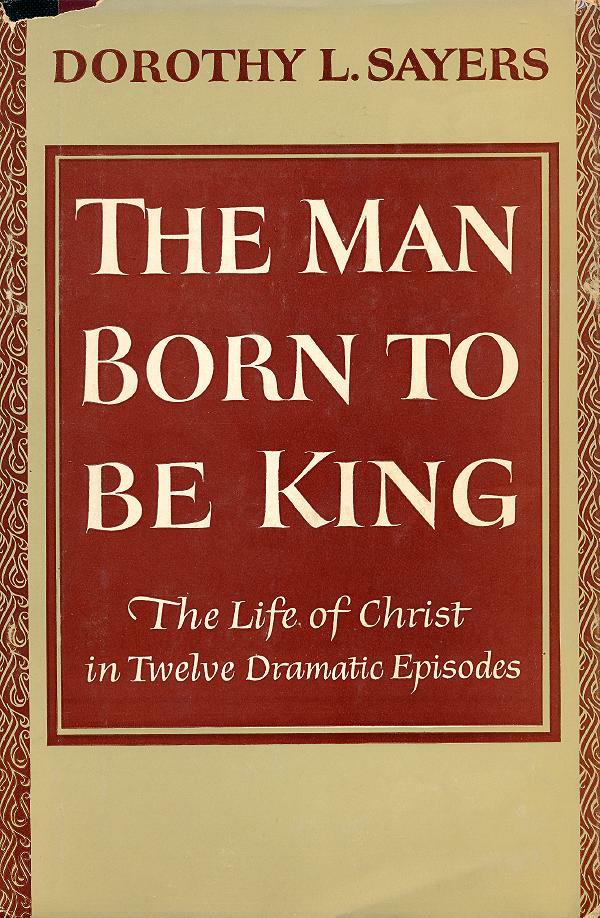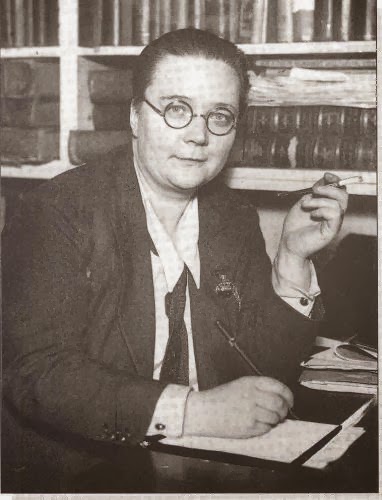“On Transfiguration Sunday we ‘bury the alleluia,’ which will not be heard again in worship until Easter. For me at least, this captures much of what the life of the believer must often be like as we try to follow Jesus.” Some Christian traditions choose to ban the use of ‘Alleluia’—a shout of resurrection life in praise of God—in worship services during the season of Lent. This is meant to signal a preparation. The absence of the Alleluia makes our hearts grow fonder, as we yearn in penitential posture for the hope of Easter freedom. But these traditions don’t just ban it—they BURY it, in joyful expectation of its resurrection on Easter Sunday. Below, Gilbert Meilaender, a theological ethicist and voice for human dignity in our technological culture, comments on his understanding of Lent, including the practice of “burying the alleluia.”
The Table: What is the meaning of Lent? Where does it come from in Scripture, and how does that apply to us?
Meilaender: I’m sure Lent has many meanings, but in my mind it is primarily a time to enter more reflectively into the story of Jesus, which is the story of Israel and the Church. The forty days of Lent clearly draw us back into the biblical stories of Israel’s forty-year wilderness wandering and Jesus’ forty days of fasting in the wilderness. Both of those were occasions for tempting (of Israel, to turn away from the God who had delivered them; of Jesus, to turn away from his calling). So we take this time to focus on our own pilgrimage with God’s people in repentance and renewed faith.
The Table: As a Lutheran, are there traditions or liturgies or practices that are especially significant to you?
Meilaender: For Lutherans the last Sunday before Ash Wednesday, a Sunday that concludes the season of Epiphany, is Transfiguration Sunday. The story of Jesus’ transfiguration begins with a vision of his glory and ends with him once again down the mountain and on the way to suffer in Jerusalem. On Transfiguration Sunday we “bury the alleluia,” which will not be heard again in worship until Easter. For me at least, this captures much of what the life of the believer must often be like as we try to follow Jesus.
The Table: What do you read during Lent?
Meilaender: The answer will vary from year to year. Sometimes I’ve read the plays in Dorothy Sayers’ The Man Born To Be King. Sometimes I read works that focus on the passion narratives (e.g., I’ve used Raymond Brown’s exhaustive work on the passion narratives, Benedict XVI’s Jesus of Nazareth volume focusing on Holy Week, and Nicholas Roland’s Who Came By Night). Last year I read Screwtape Letters.
READ WHAT GIL WROTE
His books include Neither Beast Nor God: The Dignity of the Human Person, The Way That Leads There: Augustinian Reflections on the Christian Life, and, most recently, Should We Live Forever?: The Ethical Ambiguities of Aging.
READ WHAT GIL’S READING


